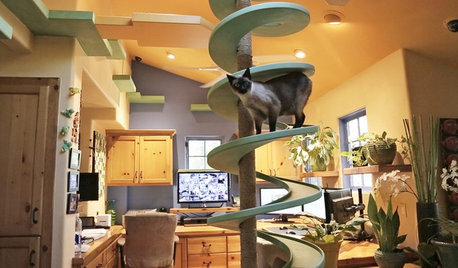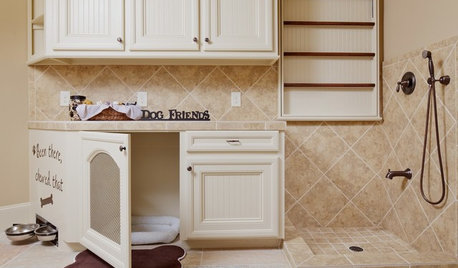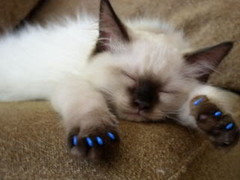Do Soft Paws Really Work?
fandlil
16 years ago
Featured Answer
Comments (24)
daisyadair
16 years agolast modified: 9 years agoRelated Professionals
Fayetteville Architects & Building Designers · Ridgefield Park Interior Designers & Decorators · Fort Wayne Furniture & Accessories · Memphis Furniture & Accessories · Queens Furniture & Accessories · Reston Furniture & Accessories · East Saint Louis Cabinets & Cabinetry · Brea Cabinets & Cabinetry · New Castle Cabinets & Cabinetry · Rowland Heights Cabinets & Cabinetry · Beaufort Flooring Contractors · Hubert Flooring Contractors · Hugo Flooring Contractors · Montgomery County Flooring Contractors · Wyoming Flooring ContractorsElly_NJ
16 years agolast modified: 9 years agojules0988
16 years agolast modified: 9 years agolfnyc
16 years agolast modified: 9 years agoElly_NJ
16 years agolast modified: 9 years agofandlil
16 years agolast modified: 9 years agobeth1954
16 years agolast modified: 9 years agorunsnwalken
15 years agolast modified: 9 years agoNancy in Mich
15 years agolast modified: 9 years agokatsmah
15 years agolast modified: 9 years agorunsnwalken
15 years agolast modified: 9 years agofreezetag
15 years agolast modified: 9 years agorhizo_1 (North AL) zone 7
15 years agolast modified: 9 years agorunsnwalken
15 years agolast modified: 9 years agochina_cat84
14 years agolast modified: 9 years agoSaintPFLA
14 years agolast modified: 9 years agostir_fryi SE Mich
14 years agolast modified: 9 years agocedman115
13 years agolast modified: 9 years agokrycek1984
13 years agolast modified: 9 years agococontom
13 years agolast modified: 9 years agocat_mom
13 years agolast modified: 9 years agocat_mom
13 years agolast modified: 9 years agocedman115
13 years agolast modified: 9 years ago
Related Stories

PRODUCT PICKSGuest Picks: Superstylish Indoor-Outdoor Rugs
Soft on the feet and easy on the eyes, these rugs work great for high-traffic areas anywhere
Full Story
COLORNature’s Color Wisdom: Lessons on White From the Great Outdoors
Blizzard fierce or butter soft, white can highlight shapes, unify a room and perform miracles on the cheap
Full Story
PETS5 Finishes Pets and Kids Can’t Destroy — and 5 to Avoid
Save your sanity and your decorating budget by choosing materials and surfaces that can stand up to abuse
Full Story
DECORATING GUIDESBulletproof Decorating: Upholstery That Stands Up to Anything
Kids and pets are no match for fabrics as durable as these, which meet higher style standards than ever
Full Story
PETSHouzz Call: Send in the Design Cats
Post your best photo of your cat at home, in the garden or with you in your studio. It could be published in a featured ideabook
Full Story
PETSWe Want to See the Most Creative Pet Spaces in the World
Houzz is seeking pet-friendly designs from around the globe. Get out your camera and post your photos now!
Full Story
HOUZZ TOURSHouzz Tour: A New Conservatory Brightens a Converted Carriage House
A year in Barcelona and fond memories of London spur a new sunny addition and a whole-house refresh
Full Story
DECORATING GUIDESHouzz Tour: Couple Pares Down and Pumps Up the Style
A big transition from a large suburban house to a 1,200-square-foot urban condo is eased by good design
Full Story
FEEL-GOOD HOME10 Ways to Fight Pollen at Home
Keep sneezing and stuffiness to a minimum by making your house as pollen free as possible
Full Story
PETSThe Crate Conundrum: A Safe Place for Your Pooch
Get ideas for a comfy den for your dog that works well with your space too
Full Story








Elly_NJ